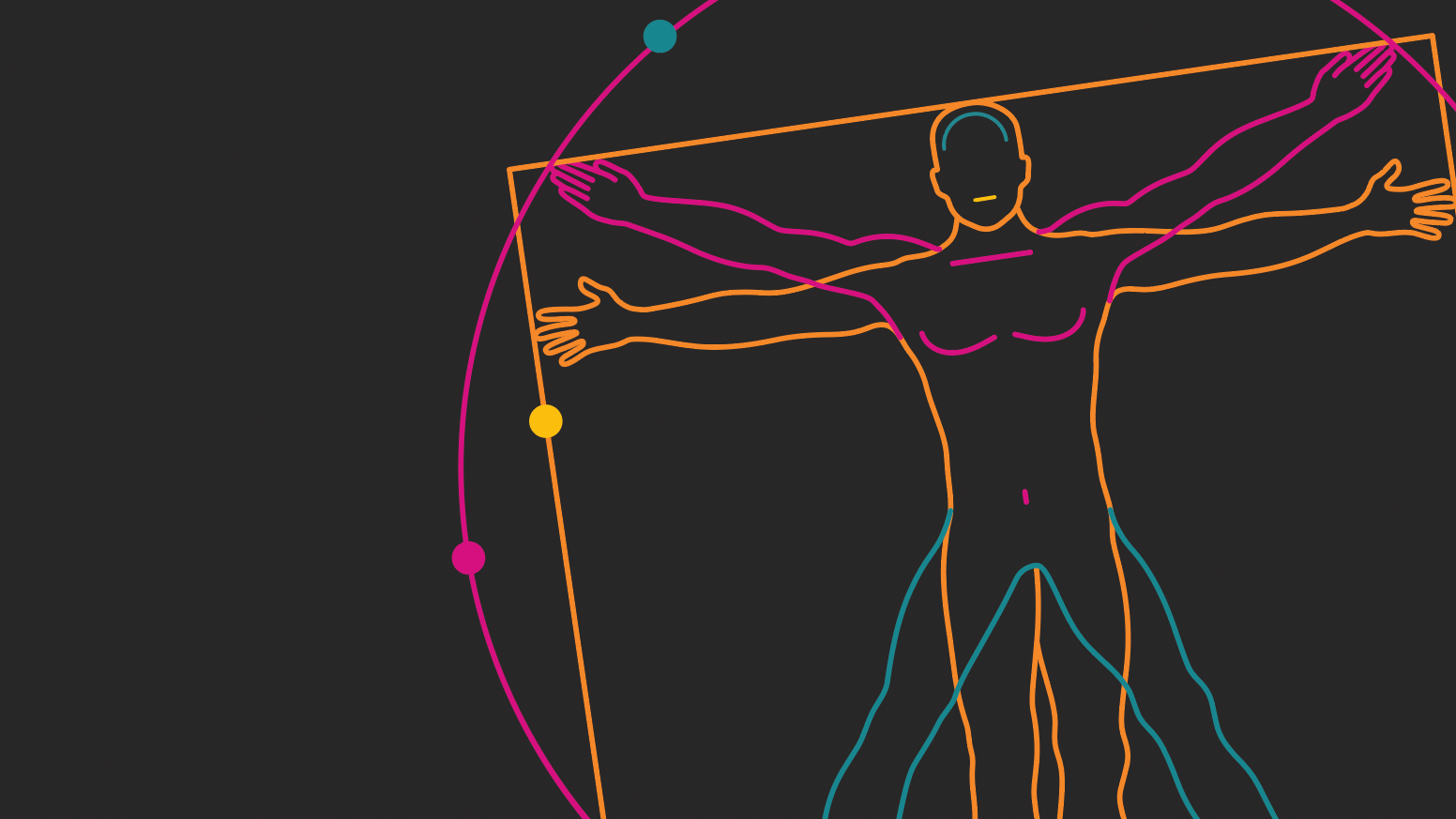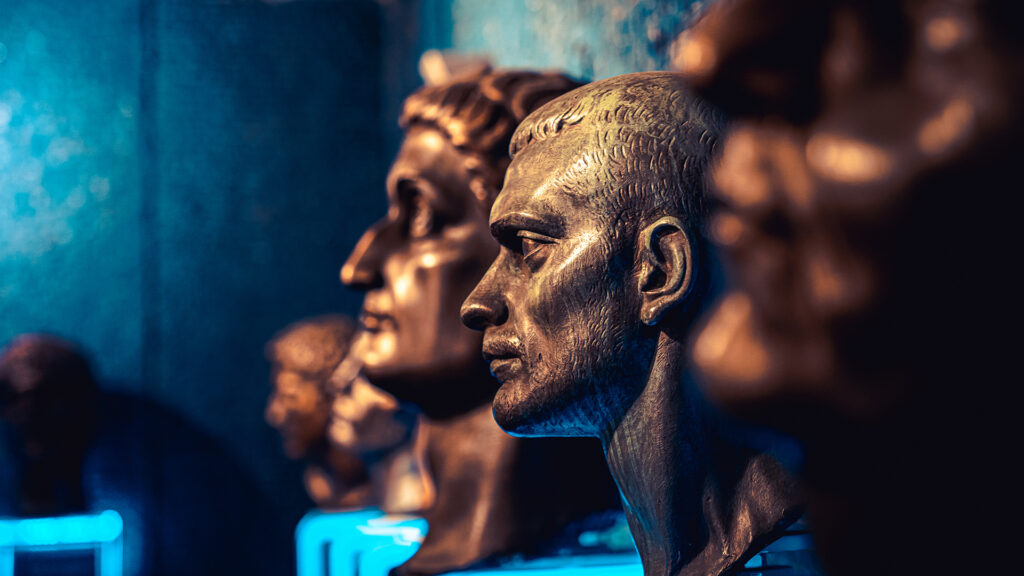All teams are made up of different, complementary parts with different functions. Milly Gladstone draws from physiognomy to go beyond the inner workings and see how those functions contribute to high performance.
The anatomy of a team is, of course, important. How we structure a group of individuals, create cohesion, establish working rhythms, and celebrate success is crucially important to how effectively this team functions. Whilst there are times and places to remind ourselves of best practice or to sharpen our team rituals, broadly I think we all know what we need to do to run a great team. We must set clear goals, listen to new ideas and meet deadlines. Communication is key.
In fact, many of the components of an effective team map neatly onto anatomy:
Brain – Knowledge and skills
Often complementary, and high-performing teams find ways to share their knowledge, too.
Ears – Empathetic listening
Not thinking about what’s on the menu for dinner tonight while a teammate talks but listening ‘between the lines’ and paying attention to body language. Ask clarifying questions. Nod the head.
Mouth – Clear communication
Crucial for high-performing teams. Who is doing what and by when? Who’s leading the charge?
Heart – Personal Care
Building genuine connections with teammates is a hallmark of a great and cohesive team. Dynamic relationships = magic.
Feet – Walk the walk
Make sure we’re staying accountable, and actually doing what we said we would do.

Anatomy in team building is – dare we say it – the easy part. But what about physiognomy? That’s a bit harder. If the anatomy of a team refers to the inner workings and structure of a team, the physiognomy is how it looks to the outside world.
Team Anatomy =
Internal team structure and processes.
Team Physiognomy =
Team appearance and behaviours that showcase values.
This is the really interesting part. Internally, within the team, we could be the slickest unit ever. But if we don’t shout about wins or present ourselves professionally, how would anyone else ever know? In other words: how can we build the physiognomy of our team?
Physiognomy is the study of physical features to determine the characteristics of a person. It’s a term that I first came across at university, and initially dismissed as wishy-washy and potentially offensive. I studied Classics, and the ancient historian Suetonius used physiognomy in his work The Twelve Caesars – a biography of 12 Roman leaders from Julius Caesar to Domitian. The end of each biography features a vivid description of the ruler, correlating their physical appearance to their characteristics. The Romans made an organised science of physiognomy: a high nose bridge (aptly known as a ‘Roman nose’ today) was a sign of strength; slouched posture a sign of weakness. And for Suetonius, physiognomy was another tool to separate the ‘good’ emperors from the ‘bad’.

It’s a concept that maps well to teams. Team physiognomy represents the values and traits we have as a collective. So, the ‘bad’ teams that demonstrate habits like arriving late are showing us that they haven’t figured out how to reach high performance just yet. The ‘good’ teams that show up on time are demonstrating they have organised working practices.
We spend a lot of time working on the team – building our skills and perfecting our regular internal meeting agendas (all anatomy) – but rarely consider how we take the next step and present that to others (the physiognomy).
So, how can we nail the physiognomy of our teams?
Team Brand
In the same way that we, as individuals, can establish a personal brand, taking some time to consider how our team wants to brand itself is important. Encourage the team to think about what it wants to be known for. Is it turning work around quickly? Always being friendly and approachable? Figure out the team’s USP and build from there.
Clear communication beyond the team
Even the best teams forget to tell everyone else in their business what they’re up to. Creating a comms plan to share the team’s successes is a good place to start. If we’re a client-facing team, it’s also worth setting up clear points of contact for each client. No one wants three people from the team replying to the same email.
Setting the standard
We can think about how we as a team want to show up – to calls and in meetings – and create a set of standards. Do we want to bring energy to every client meeting? Do we want to show up with neatly printed resources, ready to wow? Agreeing these practices as a team will help everyone stay accountable, too.
Of course, anatomy and physiognomy are intrinsically linked. In this context, physiognomy only works if it’s genuine. Teams can’t pretend to be organised if, in reality, they are not. So, the anatomy of the team cannot be ignored in favour of the physiognomy.
Sorting out the anatomy of a team is the first step. Figuring the physiognomy of a team is the more advanced second step. Only when we have a smooth operation and way of working internally can we present who we want to be outwardly.
This article features in the July issue of our quarterly publication Imagine Magazine. Get your free copy and dive into more insights on the topic of Brighter Teams.
